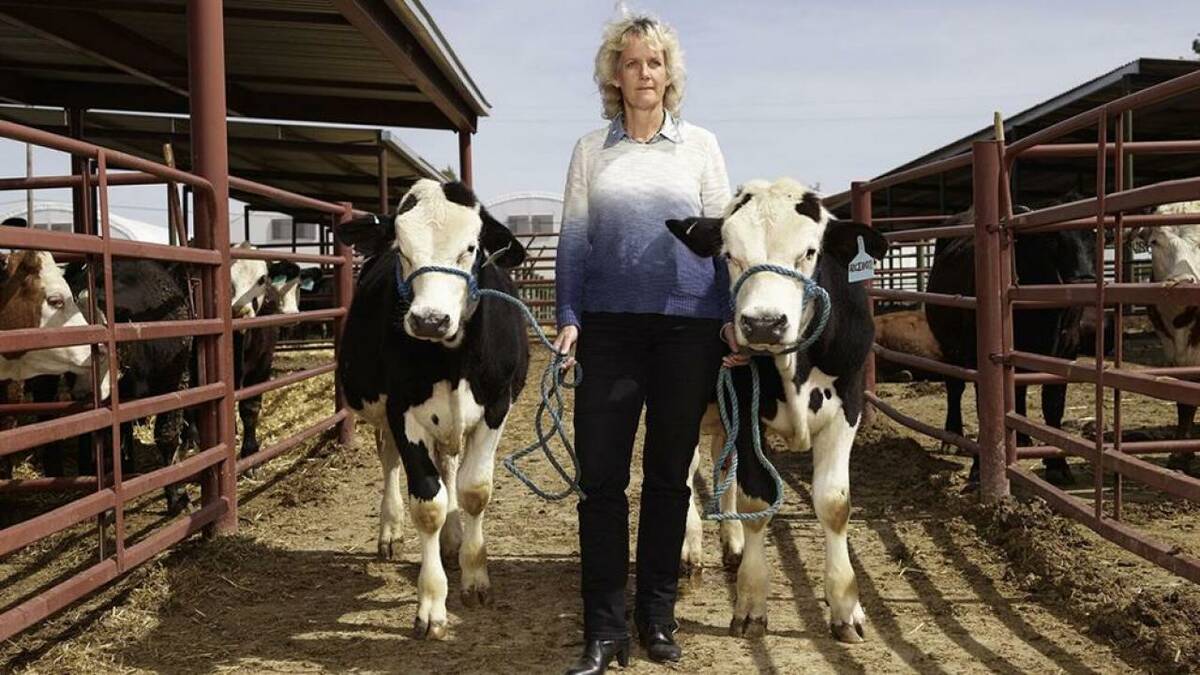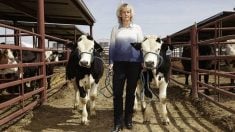In the mid to late 1990s, Jim Pallister was front and centre in the movement to break the Canadian Wheat Board’s export monopoly.
Farmers For Justice and later the Canadian Farm Enterprise Network, two loosely knit coalitions of farmers seeking the right to market their own wheat and barley, were staging highly visible protests at the United States border.
Pallister and other protest organizers knew how to get the media’s attention and how to get under the skin of
the so-called “silent majority”
Read Also

Stacking Canada up on gene editing livestock
Canada may want to gauge how Argentina and other countries have approached gene editing in livestock and what that has meant for local innovation.
of farmers that support the board.
At the height of the protests, some organizers were arrested, thrown in jail and fined but lately, there haven’t been any border protests and visible signs of opposition have subsided.
The last of the court cases
from 1996 is set to go to trial in Brandon in January.
Saskatchewan Wheat Pool president Marvin Wiens said the recent lack of protest activity is likely due to the legislative changes that allowed farmers to elect wheat board directors. Farmer- elected directors have the power
to introduce new policies and pricing options.
But Wiens cautioned against complacence.
“The percentage of support for dual marketing around that board table is increasing,” Wiens said.
“I think the dual marketers will be very active in the next round of elections.”
These days Pallister is content to let someone else rock the boat.
The Portage la Prairie, Man., farmer is busy raising his four children and concentrating on
his farm.
“Some people are still in pursuit of the goal of liberating the industry,” he said. “I was involved intensively for four years.”
Pallister said the changes made by the farmer-directors are superficial.
“It’ll take a great deal more pressure to bring about dual marketing,” he said.
“A lot of business-minded people are more interested in running their own businesses than sacrificing themselves. There’s a limit to how much sacrifice people want to make for the good of the country.”
Pallister suggested most of those who had a high profile during the protests are now working around the board rather than directly against it.
“It is quite possible to farm around them and make money doing it.”
Board director Ian McCreary has a different opinion.
He said the noise has subsided because the majority of farmers know a dual market is “a nonsensical concept.
“Those heady days of the hard politically charged atmosphere centred around a few individuals (are gone),” he said. “Level heads have prevailed.”
McCreary said the wheat board is a different agency now.
The federal government has stepped aside and allowed farmers take control, he said.
But Art Mainil, a Benson, Sask., farmer and former spokesperson for Farmers for Justice, said the anti-board movement is alive and well.
“The need has never ever been greater for a choice,” he said. “We keep gnawing at the wheat board. They know we’re out there.”
Mainil recently purchased a Sask Pool elevator at Stoughton.
“If it’s at all possible, that elevator will be used to smoke the CWB,” he said.















